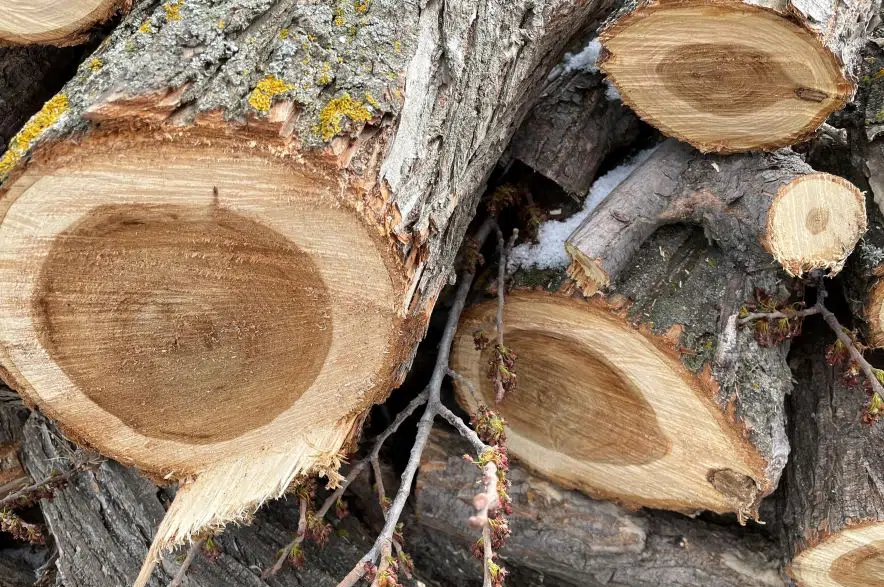The City of Saskatoon is cutting down and removing three trees, after two cases of the tree-killing Dutch elm disease were found in Sutherland and one case was discovered in Pleasant Hill.
Dutch elm disease is caused by a fungus spread by elm bark beetles. It clogs the elm tree’s water and nutrient systems, causing it to die, sometimes within just a few weeks.
It can also be spread by infected pruning tools.
According to a statement from the city, the disease was introduced in North America in the 1930s and has wiped out millions of elms in Canada and the U.S. since then. About 25 per cent of Saskatoon’s urban forest is made up of elm trees.
It’s not clear when the cases were reported, or when the trees tested positive for the disease, but the city said it is now increasing surveillance in the areas where the cases were found to look for stored elm wood. Inspectors will also test any symptomatic trees within one kilometre of the infected ones.
Every property in the affected areas will be checked, the city said, and if elm wood is found, it will be removed, and an Elm Infraction Notice will be left for the owners.
According to the Forest Resource Management Act, inspectors are allowed to enter private property in order to conduct their work.
The diseased trees will be disposed of at the city landfill.
The city said residents can help prevent Dutch elm disease by not pruning elms between April 1 and Aug. 31, not bringing elm wood into the city or burning it, sanitizing tools used for pruning, and reporting dead or dying elm trees or branches.











